What are the key trends in the Single Use Consumables (SUC) market in healthcare?
The healthcare sector is increasingly embracing single-use consumables (SUC) for various applications, including drug production, medical devices, and diagnostics. This surge is attributed to their ability to reduce cross-contamination risks and enhance the overall efficiency of medical procedures. As biologics manufacturing grows, the demand for sterile and efficient consumables has accelerated, driving innovation and the adoption of advanced technologies across the industry.
Key trends driving this market include the growing reliance on single-use technologies in biologic drug manufacturing, the need for more efficient sterilization processes, and regulatory scrutiny. Sterilization methods, such as gamma irradiation and X-ray, continue to be crucial, but new alternatives are being explored to address challenges like compatibility with heat-sensitive products. Companies are increasingly adopting digital modeling and irradiation mapping to optimize sterilization processes.
How are leading companies innovating in the SUC sector?
Top companies in the Single Use Consumable Market are leveraging advanced technologies to enhance the performance of single-use consumables. Medtronic plc, for example, has made strides in creating disposable medical devices that meet strict sterilization and contamination control standards. Similarly, Stryker Corporation focuses on improving the safety and effectiveness of their surgical consumables, incorporating innovations that reduce procedural complexity.
Thermo Fisher Scientific, known for its role in bioprocessing, is enhancing its portfolio by providing high-quality consumables tailored to biologic production needs. Baxter International Inc. has pioneered disposable infusion systems that improve patient safety while maintaining the sterility of medical devices. Meanwhile, Smiths Medical and B. Braun Melsungen AG are focusing on improving their consumables’ compatibility with sterilization methods and ensuring their performance in critical applications.
What innovations in sterilization technologies are emerging in the SUC market?
Sterilization of single-use consumables is one of the most critical aspects of product development in healthcare. As the demand for biologics increases, the need for effective sterilization solutions has never been higher. Gamma irradiation has been the primary method used for many years, but alternative sterilization technologies are now gaining traction.
For instance, companies are increasingly exploring electron beam (e-beam) and X-ray sterilization, which offer faster processing times and reduced costs compared to traditional gamma irradiation. These methods also help mitigate some of the challenges associated with residual chemicals that can affect sensitive products.
Innovations like in-silico modeling are also being applied to optimize the sterilization process and improve process control.
How are these trends influencing the healthcare industry's future?
The increasing reliance on single-use consumables is reshaping the healthcare landscape by improving the speed, efficiency, and safety of medical procedures. In particular, the ability to streamline manufacturing processes with disposable technologies not only reduces costs but also increases the flexibility of healthcare providers. With the integration of advanced sterilization methods and automation in production lines, companies can ensure higher standards of sterility and patient safety.
As demand for biologics continues to rise, innovations in sterilization and consumable design will be key to meeting the evolving needs of the healthcare industry. For instance, the integration of digital technologies in sterilization processes will help reduce human error, increase precision, and ensure compliance with regulatory standards.
What are the challenges facing the SUC market, and how can companies address them?
Despite the advancements, there are still challenges in scaling up the production of single-use consumables to meet the ever-growing demand in healthcare. Companies need to ensure that their products are not only sterile but also compatible with a range of medical devices and procedures. There are also supply chain constraints in sterilization capacity, with reliance on traditional methods like gamma irradiation potentially limiting growth.
To address these challenges, companies must invest in research and development to enhance the compatibility of their products with alternative sterilization technologies. Additionally, maintaining a robust quality control system and ensuring transparency in the sterilization process will be essential for companies to stay ahead in this competitive market.
For more information visit at MarketResearchFuture
Other Trending Reports



